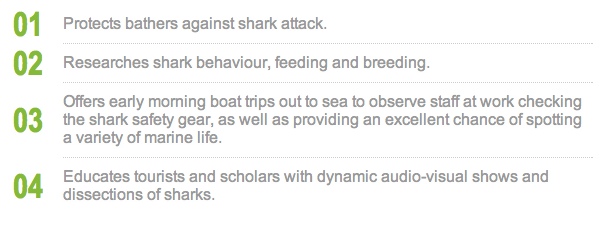
According to itself, Durban is "The Warmest Place to Be." It was easy to believe that leaving the house at 5 am this morning, when it seemed the midday heat was already settled on the town. It was altogether different upon arrival to Durban about two weeks ago. The first destination was, 1. to Johannesburg, and 2. skipped. About two weeks in South Africa and according to the travel guides Jo'burg, as they say it's called, is a big city but not the one to see, especially in such a brief visit to this diverse country. So tickets were quickly bought and a little bit of line cutting got us on board our third flight of the day from Jo'burg to Durban. This cheap plane ticket saved not only nine hours on a bus, but a potential super late arrival to an unfamiliar place. Most impressive of this whole day's travel was leaving hot, arid Egypt to arrive and end up on a few kilometer walk in the cool air and sometimes pouring rain to meet our first friend of many in Durban. That rain was welcomed whole-heartedly, as was the very Hawaii-like climate and landscape. Just a second ago I referred to Durban as a town, which in the section where we stayed some of our time felt true, however the city's population of approximately 3.5 million says otherwise. Either way, Durban is on the beach, and an impressive ocean it is. At first glance, which the landscape seems to always give you at an elevated view, the waves are endless. Waves upon waves, irregular, powerful, perpetual. You see some swimmers, see some surfers, then learn that Great White sharks are found in these waters...daily. Later I learned that a great deal of shark attacks happen in water that is about, say, knee deep.
That bring us to the KwaZulu-Natal (KZN) Shark Board. From their website, this is their mission:
That bring us to the KwaZulu-Natal (KZN) Shark Board. From their website, this is their mission:
Splendid. So how, you ask, do you protect bathers against shark attacks? It's relatively simple, they catch them. Most of the sharks caught are released, and the ones that aren't so lucky are studied for scientific research. The sharks are caught via a system of nets placed offshore, between the coast and open ocean, as well as series of baited hooks. But it's not a continuos barrier, in fact the nets are 20 meters apart and there is even significant room above the nets for sharks and things to swim to the shore. What's more, most of the sharks caught in the nets are caught returning to sea. Despite all this, the nets are so effective that there has not been a shark related death since they were installed many years ago. In fact only two serious attacks have occurred in protected waters in the last 30 years, so an incredibly successful program. Still, it's pretty strange to stand there and know that man eating sharks are so prevalent in these waters.
The Sharks Board also offers shark dissections, a program that is a great educational and awareness tool, and let's be honest it's really cool too. Here are some photos from a dissection of a black tipped reef shark:
The Sharks Board also offers shark dissections, a program that is a great educational and awareness tool, and let's be honest it's really cool too. Here are some photos from a dissection of a black tipped reef shark:

 RSS Feed
RSS Feed